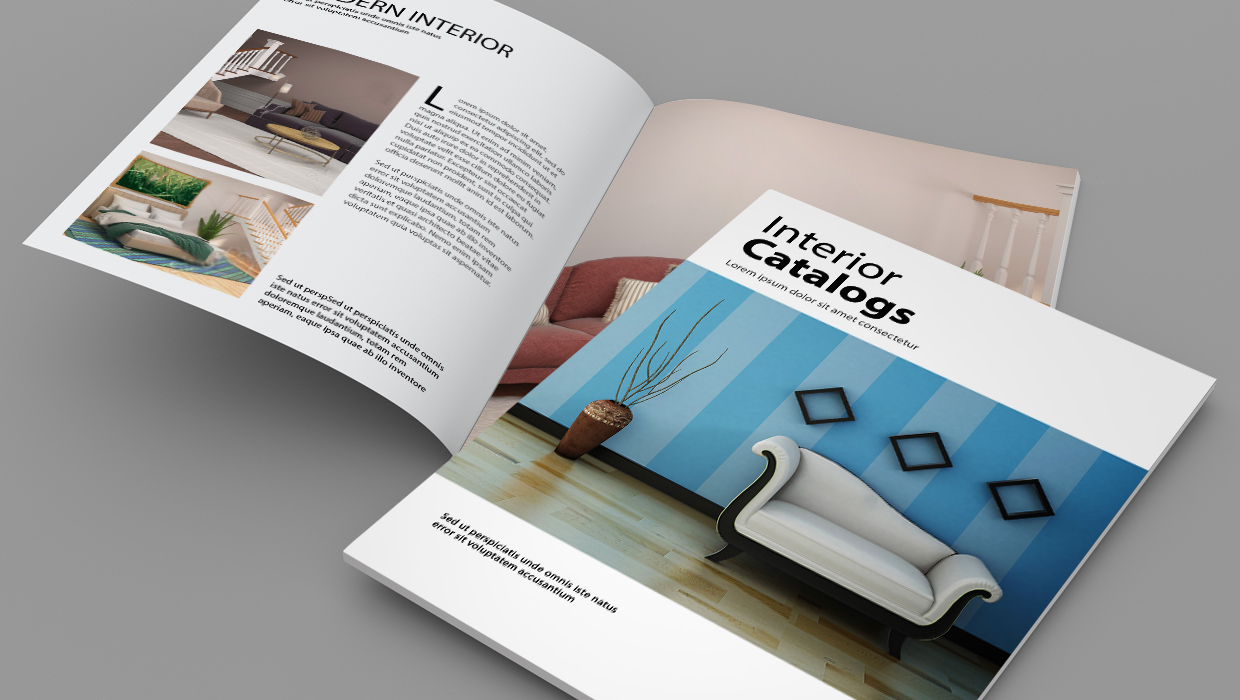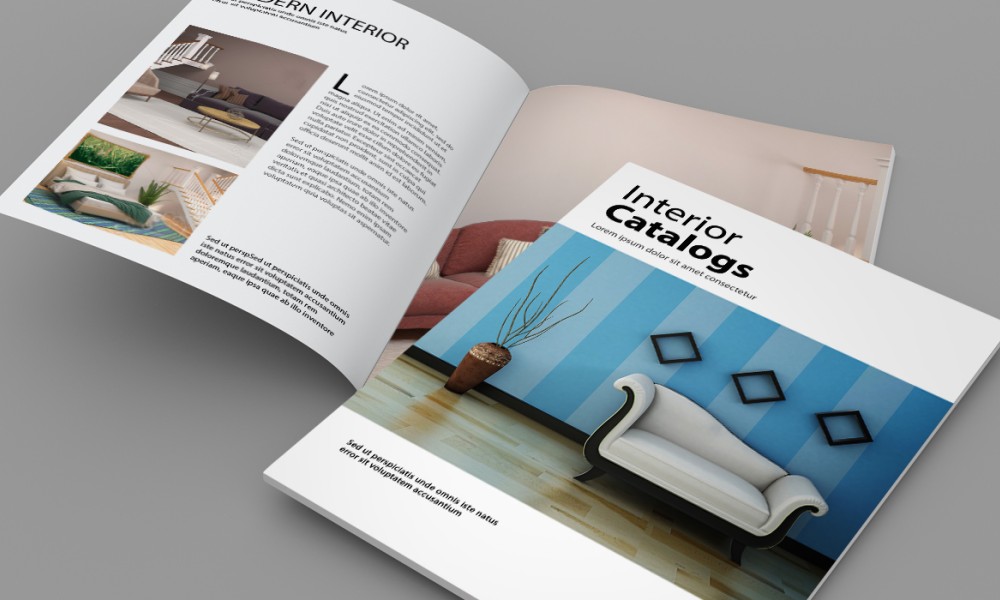Creating Catalogs Do's and Don'ts
Catalogs have made a comeback in recent years. They can have a massive return on investment, also catalogs are superior to every digital equivalent, so more businesses are printing them than in previous years. So if you’re interested in catalog printing, here are some guidelines you can follow to make your catalogs convert even more customers.
Designing a catalog can be a tough job; having to explain detailed products with short descriptions and balance it with what your organization needs. If you’re in any way involved in the design or copywriting of a catalog, or have the final say in the project, we’re here to help. Here are some do’s and don’ts to help you create a catalog that brings sales in.
Do's when you create a catalog
Write an attention-getting headline.
 No matter how much room you have, even if only for a few words, you need to make the headline catchy and snappy. Use words that get people’s attention and will make them want your product.
No matter how much room you have, even if only for a few words, you need to make the headline catchy and snappy. Use words that get people’s attention and will make them want your product.
Include a letter from the president, founder, or CEO.
Generally the inside front cover or inside back cover is reserved for messages from whoever is the “face” of the company. Generally this is the founder, CEO, or president, but it could also be any brand ambassador. This letter should tell the customer all about the company’s commitment to its customers, the quality of the products and stress that the customer’s satisfaction is guaranteed.
This letter, along with a photo and a signature, adds a friendly touch that makes the customer feel like she has a relationship with the company. Seeing a person’s face reminds people that they are dealing with other people, not a big, bad faceless corporation.
Give facts.
Your product descriptions should be as complete as possible. Don’t add your own opinion to the descriptions – just give the facts. You can add testimonials on or near the order form, but leave the product descriptions as all fact, all the time. The copy should include colors, materials, exact measurements – only things the customer needs to make an educated decision. This isn’t to say you can’t use persuasive words or fancy product details, but leave the “I” statements for the testimonials.
Don’ts when you create a catalog
Give all your products equal billing
 All of your products should have their dedicated layout space, but give your bestselling products center stage. Use a half page or whole page close to the front of the catalog for your bestselling items and give your not-so-popular items an eighth or a fourth of a page near the back.
All of your products should have their dedicated layout space, but give your bestselling products center stage. Use a half page or whole page close to the front of the catalog for your bestselling items and give your not-so-popular items an eighth or a fourth of a page near the back.
Use a headline to describe the product.
 The headline should be used as a catchy way to pull people into the page, not just as another place to describe the item. Otherwise, why bother writing the headline in the first place?
The headline should be used as a catchy way to pull people into the page, not just as another place to describe the item. Otherwise, why bother writing the headline in the first place?
Forgetting your discounts.
If you have an item on sale in your store, consider matching it in your catalog. Some catalog marketers actually do the opposite to boost catalog sales and make an item on sale through the catalog only. Whatever your discount, make sure it’s prominently displayed on the cover of your catalog.
Hiding your phone number and email.
When you create a catalog layout put your contact details on every page so customers don’t have to search hard for it. This makes it convenient for the customer and you can catch those people who might change their minds while searching the catalog for your phone number.
5.) Don’t clutter your pages.
While it might be tempting to save costs by stuffing more products on a single page, it may actually end up reducing your conversion rates. If you put too many products on a page, your design will look cluttered and the page won’t be appealing to look at. If people turn the page because they don’t want to take the time to look through all the graphics and text, you can lose major sales.
6.) Don’t forget a call-to-action
Make sure you tell the customer to fill out that order form and mail it in right away or to call you to get a special discount.
